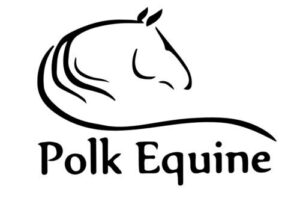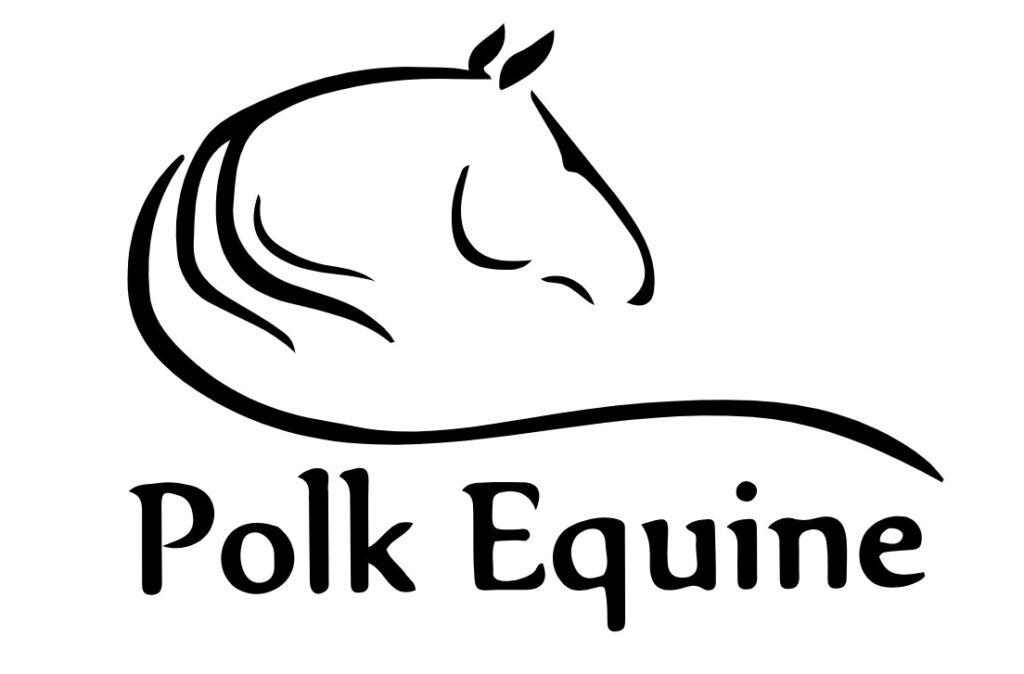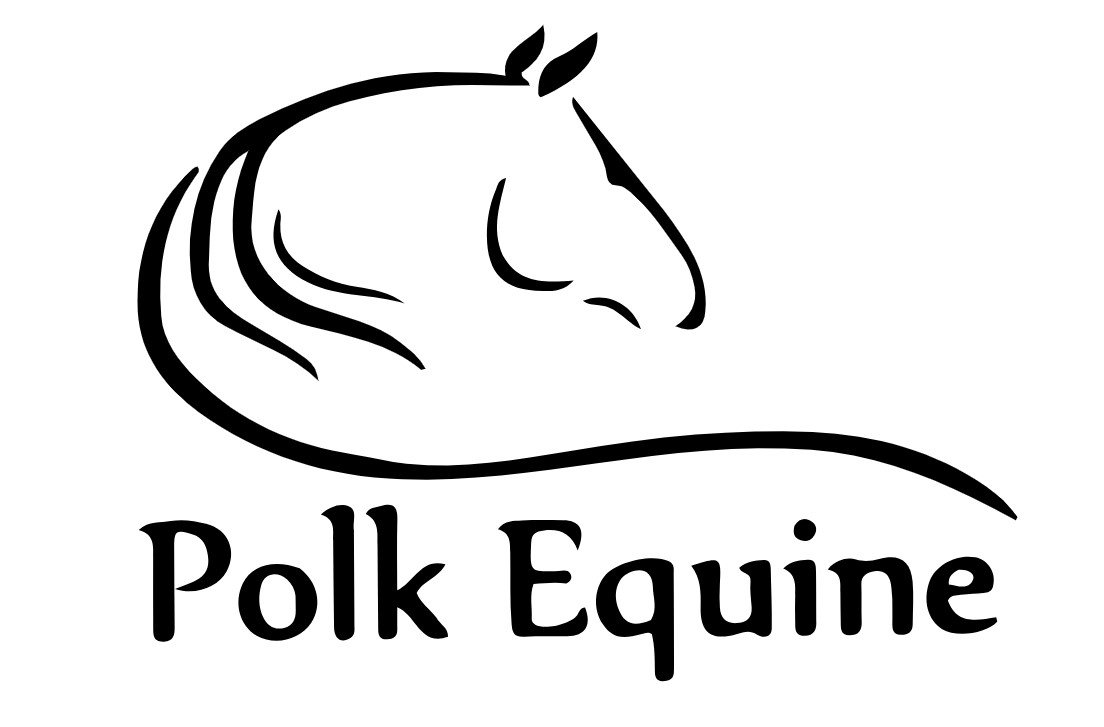Hurricanes pose significant challenges for horse owners, requiring careful planning and proactive measures to ensure the safety and well-being of their horses. With powerful winds, heavy rain, and potential flooding, preparation is not just advisable but essential.
Before the Storm
Preparing for a hurricane begins long before it arrives. Ensuring your horse’s vaccinations are up to date is crucial. A tetanus toxoid vaccine is particularly important, given the increased risk of injury from debris. Vaccinations against West Nile virus and encephalitis should also be considered due to heightened mosquito activity post-storm.
Identification is key. Attach a tag with your contact information to your horse’s halter or braid it into their mane or tail. Microchips are an excellent way to provide proof that a horse is yours. Additionally, take clear photos of your horse, focusing on any unique markings, which can aid in proving ownership and recovery if necessary.
Stockpile essentials such as water and feed. Each horse should have enough water (13-20 gallons per day) and feed for at least three days. Storing hay on pallets and grain in waterproof containers helps prevent spoilage. Expect road closures and limited access to stores in the storm’s aftermath.
During the Storm
When the hurricane hits, ensure your horse’s safety by keeping them away from areas with power lines and trees prone to falling. Evaluate your fencing, as materials like barbed wire or electric fencing can pose risks if horses panic. A pasture with secure fencing and minimal hazards is generally safer than a barn, which could collapse under extreme conditions.
If evacuation is possible and you live in a flood-prone or coastal area, plan to move your horses at least 48 hours before hurricane-force winds are expected. If evacuation isn’t feasible, carefully consider the safest location on your property for them.
After the Storm
Once the storm subsides, carefully inspect each horse for injuries, paying particular attention to their eyes and limbs. Remove any debris or potentially hazardous plants from their surroundings promptly.
Survey your property for damage, including downed power lines and structural integrity. If your horse is missing, contact local animal control or emergency response teams for help locating it.
Preparing horses for hurricanes demands foresight and proactive planning. By ensuring vaccinations are current, securing identification, and stockpiling essentials, owners can mitigate risks.
Despite the challenges, with proper preparation and swift action, horse owners can significantly increase the likelihood that their equine companions will weather the storm safely. Stay vigilant, stay prepared, and ensure your horse’s well-being throughout every stage of a hurricane.

Polk Equine




